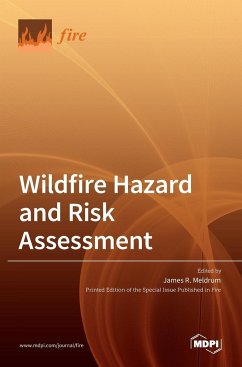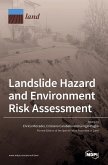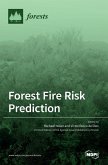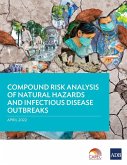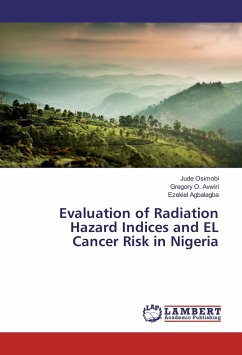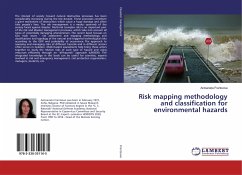Wildfire risk can be perceived as the combination of wildfire hazards (often described by likelihood and intensity) with the susceptibility of people, property, or other valued resources to that hazard. Reflecting the seriousness of wildfire risk to communities around the world, substantial resources are devoted to assessing wildfire hazards and risks. Wildfire hazard and risk assessments are conducted at a wide range of scales, from localized to nationwide, and are often intended to communicate and support decision making about risks, including the prioritization of scarce resources. Improvements in the underlying science of wildfire hazard and risk assessment and in the development, communication, and application of these assessments support effective decisions made on all aspects of societal adaptations to wildfire, including decisions about the prevention, mitigation, and suppression of wildfire risks. To support such efforts, this Special Issue of the journal Fire compiles articles on the understanding, modeling, and addressing of wildfire risks to homes, water resources, firefighters, and landscapes.

